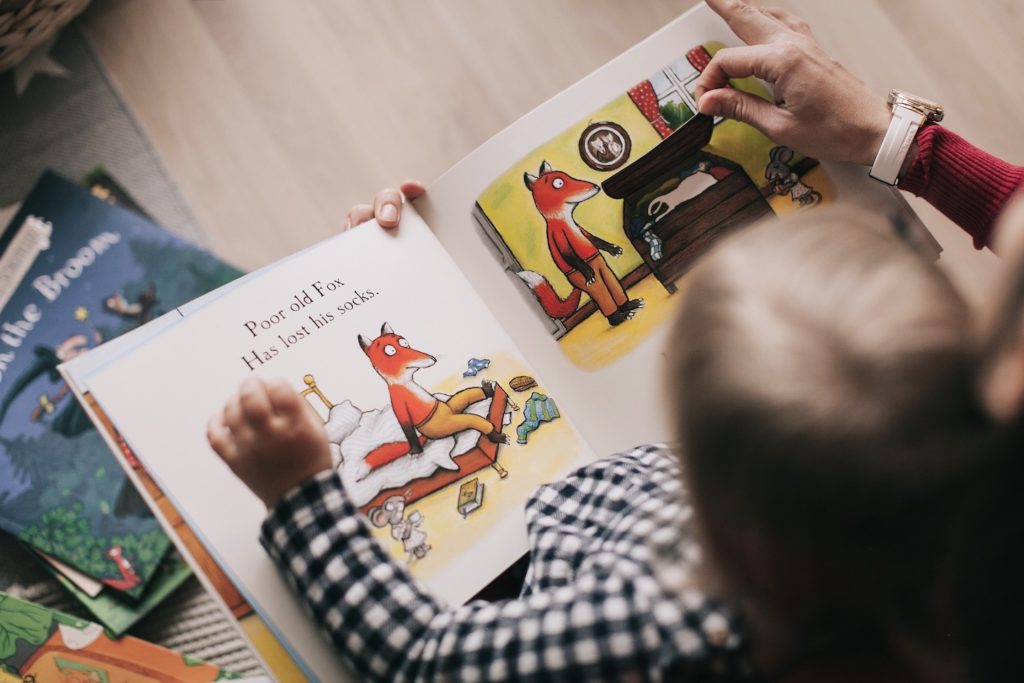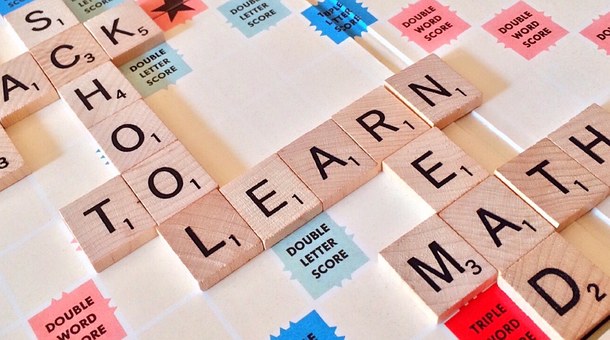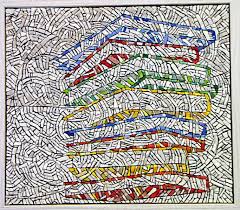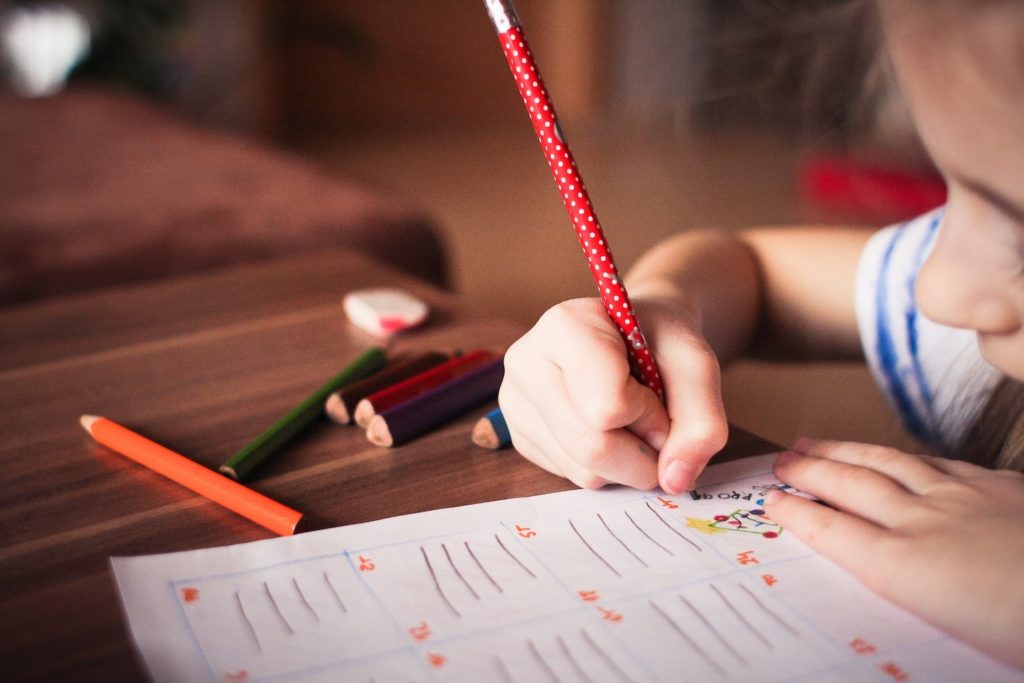Multisensory Classroom Activities
As a teacher, you may have heard the terms multisensory instruction being used more and more frequently. This is a buzz word that tends to get thrown around a lot without full understanding of what it entails. It is a key component of Structured Literacy™ reading, writing, and spelling instruction. An extensive and growing body of research demonstrates that the Structured Literacy™ approach is effective in reading intervention for students with reading difficulties (Birsh, 2005). In addition, newer research shows that Structured Literacy™ is a more effective approach than whole language for all students, including those with typical reading abilities (Lorimor-Easley & Reed, 2019).

In the Structured Literacy™ approach, multisensory means that instruction engages the visual, auditory, and tactile centers of the brain, often simultaneously. Students are encouraged to use manipulatives and movement to help reinforce sounds and spelling patterns. Here are a few ways that you can incorporate multisensory instruction into your reading block:
- Use manipulatives. When you have students doing phonemic awareness activities like segmenting and blending sounds, you can incorporate a tactile experience by using blank tiles. They pull down a tile for each sound in a word and then run their fingers under the tiles to blend the sounds back together. If you don’t have tiles you can have them tap on their arms and blend or use rubber bands to stretch out phonemes as they simultaneously say the sounds out loud.
- Use a bumpy surface. An embroidery board is a great option and can be found at most craft stores. Have students use their index and middle finger to trace letters as they say the sound and letter name. Display the letter using index cards or a projector to incorporate the visual system as well.
- Use sand trays. Like an embroidery board, a sand tray provides a rough tactile surface. Have students trace letters or words as they say the sounds and letter names.
- Use shaving cream. Once or twice a week when your desks need to be cleaned, students can trace words and letters in shaving cream on their desk. This is a fun, messy activity that provides sensory feedback as they trace spelling patterns.
- Explicitly teach handwriting and letter formation. There is a growing body of research that suggests handwriting in and of itself can be a multisensory activity. Often students with reading issues as well as writing issues struggle to form letters. This extra load on their processing centers makes writing nearly impossible. By teaching explicit handwriting skills the load on a student’s working memory is decreased and they can focus on the content they need to write, rather than the writing process.
- Use paper with raised lines. Some research suggests that having paper with raised lines can help increase sensory feedback and make writing easier for students who struggle.
- Take it outside and use chalk. Using sidewalk chalk can be a fun twist on rainbow writing words and can be a great activity for a nice day. With the larger surface of the sidewalk, students can write the words larger which activates different muscle memory than writing them small on paper. Also, the texture of the sidewalk can help give tactile feedback as well.

When incorporating multisensory literacy activities, it is important to keep in mind that they should be done regularly, not just once in a while as reward or when behavior permits. Once you start incorporating them into your instructional routine, you will find that they are not only fun for students, but also help solidify spelling patterns and improve reading and spelling skills.
Students who continue to struggle even though they are involved in an excellent academic program may need extra help and expertise when it comes to literacy instruction. Our online program can help them with their reading skills so they can be more successful in your classroom environment. If you have a student who you think is a good candidate for our program, contact us today to learn more.
Becky WelschRW&C, LLC
www.rwc4reading.com
Becky Welsch has a Master’s degree in K-8 Education. She is certified to teach in the state of Arizona and has special endorsements in the areas of English Language Learners and Reading.
Resources:
Multisensory Teaching of Basic Language Skills, Judith Birsch 2005
“Structured Literacy: A New Term to Unify Us,” International Dyslexia Association
“An Explanation of Structured Literacy, and a Comparison to Balanced Literacy,” Nina Lorimor-Easley and Deborah Reed 2019
Images from pexels.com



